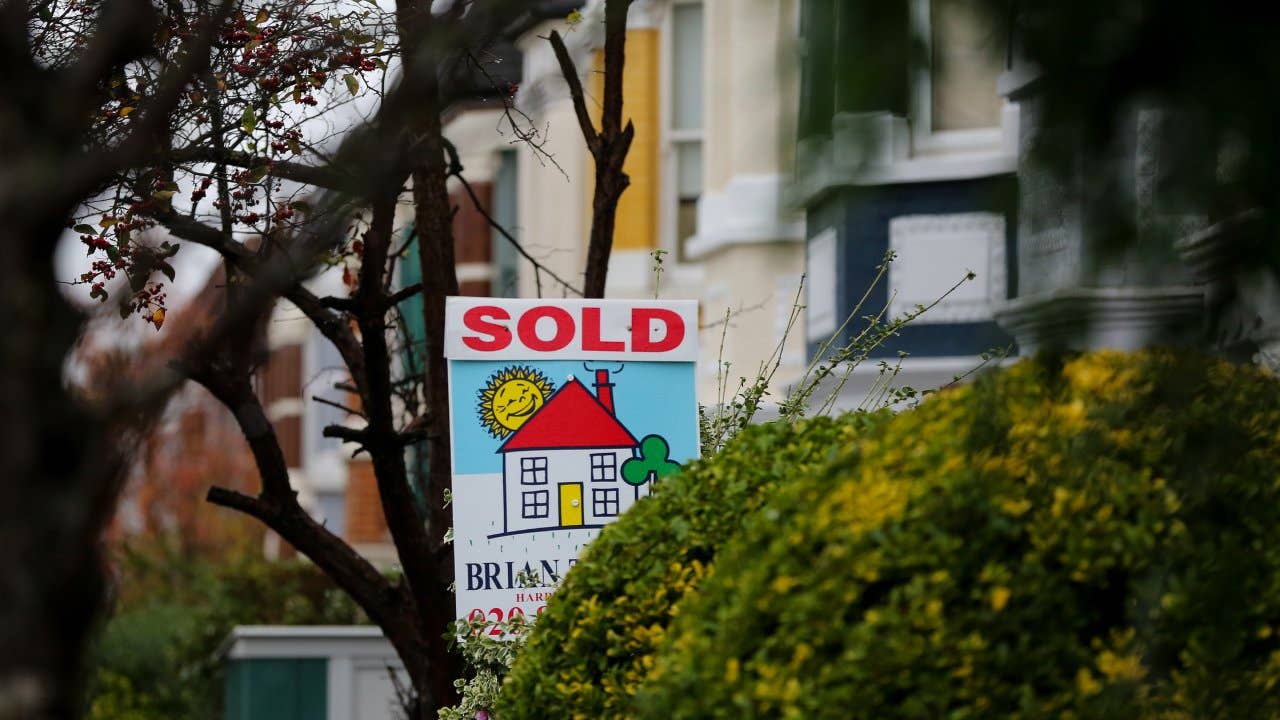What does ‘adjusted basis’ mean?

The Bankrate promise
At Bankrate we strive to help you make smarter financial decisions. While we adhere to strict , this post may contain references to products from our partners. Here's an explanation for .
Home sellers may hear the phrase “adjusted basis” thrown around during the sale process. In the real estate world, this term is related to the sale of property: When you sell your home, the difference between the sale price and the adjusted basis helps determine how much you owe in taxes. Before you can determine your profit or loss from the sale, you must factor in things such as depreciation or money you invested in improvements to the property prior to selling it.
- Adjusted basis applies to the sale of property, as it relates to its original value.
- It is calculated by taking the property’s original cost, adding the costs for improvements and related expenses and subtracting any deductions taken for depreciation and depletion.
- It is necessary for determining capital gains taxes owed from the sale.
Adjusted basis and how it’s determined
The adjusted basis of a property is the cost of the property after accounting for any increases or decreases to its original value. You need to know the adjusted basis of a property — in addition to how much you paid for it and how much you sold it for — to determine your capital gain or loss on the sale for tax purposes.
Basis, or cost basis, is used when determining the tax cost of any capital asset, including a home or any other real estate holding. This includes the purchase price of the property, the taxes and any other associated fees. That basis then gets adjusted, either up or down, based on various factors.
To determine adjusted basis, add amounts based on things such as improvements made or legal fees paid, and subtract deductions taken for things such as depreciation or loss.
What increases the basis?
The value of increasing the basis is that it reduces the taxes you owe when you sell. The cost of improvements, or money spent during the time you own a property to improve or add to its value, is added to basis. Some things that can increase basis include the cost of improvements anticipated to last for longer than a year (such as a new roof or HVAC system), impact fees and zoning costs. For homes in rural areas, it might also include the cost of extending utility service lines to the property.
Note that these expenses may or may not have their full cost recouped at resale. Adding a new roof, for example, might not increase your home’s sale price by the exact amount it cost, but it would increase your basis.
What decreases the basis?
Things that decrease basis include certain tax credits, insurance reimbursements from losses associated with casualty or theft and deductions for depletion and depreciation. Granting an easement to another party for the use of your property can also decrease basis. In addition, if you make energy-conservation improvements to your home and receive a subsidy for doing so, that would reduce the basis of your home by the amount of the subsidy.
Adjusted basis example
Say you buy a $150,000 home, paying $25,000 in cash and getting a $125,000 mortgage. When determining the basis, start with this $150,000 and add any associated fees, such as taxes you paid as part of the transaction. Certain closing costs may also be added. This figure is your basis.
To get your adjusted basis, add or subtract any associated costs or credits you accrued over the span of your ownership. For example, if you invested $50,000 in home renovations over the years, add this $50,000 to the basis to get an adjusted basis of $200,000. Similarly, if your home suffered storm damage and you paid $5,000 for roof repairs, add this amount to get an adjusted basis of $205,000.
Related Articles



